Shanhe Road, Anzhen
Wuxi, Jiangsu
yoyo@walmaygroup.com
24/7 Customer Support
+8615251428655
Mon - Fri: 9:00 - 17:30
Wuxi, Jiangsu
24/7 Customer Support
Mon - Fri: 9:00 - 17:30
Stainless steel coil is a rolled stainless steel material made by hot rolling or cold rolling process, usually made of austenitic stainless steel (such as 304, 316) or martensitic stainless steel (such as 410, 420).
Stainless steel coil has excellent corrosion resistance, high strength and good processing performance, and is suitable for manufacturing structural parts, decorative parts and equipment.
| element | Fe | Cr | Ni | Mo | C | Mn | Si | P | S | N | Cu |
| 304 (%) | balance | 18.0 – 20.0 | 8.0 – 10.5 | – | ≤0.08 | ≤2.0 | ≤1.0 | ≤0.045 | ≤0.03 | – | – |
| 316 (%) | balance | 16.0 – 18.0 | 10.0 – 14.0 | 2.0 – 3.0 | ≤0.08 | ≤2.0 | ≤1.0 | ≤0.045 | ≤0.03 | – | – |
| 410 (%) | balance | 11.5 – 13.5 | ≤0.75 | – | 0.08 – 0.15 | ≤1.0 | ≤1.0 | ≤0.04 | ≤0.03 | – | – |
| 430 (%) | balance | 16.0 – 18.0 | ≤0.75 | – | ≤0.12 | ≤1.0 | ≤1.0 | ≤0.04 | ≤0.03 | – | – |
| 2205 (%) | balance | 22.0 – 23.0 | 4.5 – 6.5 | 3.0 – 3.5 | ≤0.03 | ≤2.0 | ≤1.0 | ≤0.03 | ≤0.02 | 0.14 – 0.20 | – |
| 904L (%) | balance | 19.0 – 23.0 | 23.0 – 28.0 | 4.0 – 5.0 | ≤0.02 | ≤2.0 | ≤1.0 | ≤0.045 | ≤0.035 | – | 1.0 – 2.0 |
Stainless steel coils have excellent mechanical properties (taking 304, 316, 410, 430, 2205, 904L as examples):
| Performance | 304 | 316 | 410 | 430 | 2205 | 904L | Test standards |
| Tensile Strength | ≥515 MPa | ≥515 MPa | ≥480 MPa | ≥450 MPa | ≥620 MPa | ≥490 MPa | ASTM A240 |
| Yield Strength | ≥205 MPa | ≥205 MPa | ≥275 MPa | ≥205 MPa | ≥450 MPa | ≥220 MPa | ASTM A240 |
| Elongation | ≥40% | ≥40% | ≥20% | ≥22% | ≥25% | ≥35% | ASTM A240 |
| Hardness | ≤90 HRB | ≤90 HRB | ≤95 HRB | ≤89 HRB | ≤290 HB | ≤90 HRB | ASTM E18 |
| Impact Toughness | ≥100 J | ≥100 J | ≥50 J | ≥50 J | ≥100 J | ≥100 J | ASTM A370 |
| Density | 7.93 g/cm³ | 7.98 g/cm³ | 7.75 g/cm³ | 7.70 g/cm³ | 7.80 g/cm³ | 8.00 g/cm³ | – |
Physical properties of stainless steel coils (taking 304, 316, 410, 430, 2205, 904L as examples):
| Performance | 304 | 316 | 410 | 430 | 2205 | 904L |
| Density | 7.93 g/cm³ | 7.98 g/cm³ | 7.75 g/cm³ | 7.70 g/cm³ | 7.80 g/cm³ | 8.00 g/cm³ |
| Melting Point | 1399°C – 1427°C | 1371°C – 1399°C | 1480°C – 1530°C | 1427°C – 1510°C | 1380°C – 1440°C | 1300°C – 1390°C |
| Thermal Expansion | 17.3 μm/m·°C (20°C-100°C) | 16.5 μm/m·°C (20°C-100°C) | 10.4 μm/m·°C (20°C-100°C) | 10.4 μm/m·°C (20°C-100°C) | 13.7 μm/m·°C (20°C-100°C) | 15.0 μm/m·°C (20°C-100°C) |
| Thermal Conductivity | 16.2 W/m·K (100°C) | 16.3 W/m·K (100°C) | 24.9 W/m·K (100°C) | 26.0 W/m·K (100°C) | 19.0 W/m·K (100°C) | 12.5 W/m·K (100°C) |
| Electrical Resistivity | 0.72 μΩ·m (20°C) | 0.74 μΩ·m (20°C) | 0.57 μΩ·m (20°C) | 0.60 μΩ·m (20°C) | 0.80 μΩ·m (20°C) | 0.85 μΩ·m (20°C) |
| Magnetic Permeability | 1.02 | 1.02 | 1.02 | 1.02 | 1.05 | 1.02 |
Classification by material:
Austenitic stainless steel coil: such as 304, 316, good corrosion resistance, suitable for most environments.
Martensitic stainless steel coil: such as 410, 420, high hardness, suitable for wear-resistant parts.
Ferritic stainless steel coil: such as 430, low cost, suitable for general use.
Duplex stainless steel coil: such as 2205, has the advantages of both austenite and ferrite, with higher strength and corrosion resistance.
Super austenitic stainless steel coil: such as 904L, extremely strong corrosion resistance, suitable for extreme environments.
Stainless steel coils have a wide range of thicknesses and can be customized according to customer needs:
Thin coils: 0.3mm-3.0mm, suitable for lightweight and low-pressure environments.
Medium-thick coils: 3.0mm-12.0mm, suitable for general industrial applications.
Thick coils: 12.0mm-50.0mm, suitable for high-pressure and high-temperature environments.
Architectural decoration: used to manufacture building curtain walls, railings, doors and windows, and decorative parts.
Food processing: used to manufacture food processing equipment, storage tanks and pipelines.
Chemical equipment: used to manufacture reactors, pipelines, valves and storage tanks.
Medical equipment: used to manufacture surgical instruments, medical containers and laboratory equipment.
Automobile manufacturing: used to manufacture exhaust systems and fuel systems.
Marine engineering: used to manufacture seawater desalination equipment, ship parts and offshore platform structures.
Raw material preparation: Select high-quality stainless steel billets to ensure that the chemical composition meets the standards.
Hot rolling or cold rolling: The billets are processed into coils through hot rolling or cold rolling processes.
Annealing treatment: The coils are heated to 1010°C-1120°C and then quickly cooled to eliminate internal stress and improve corrosion resistance.
Surface treatment: Bright annealing, wire drawing, sandblasting, or polishing are performed according to customer needs.
Quality inspection: Each batch of products undergoes chemical composition analysis, mechanical property testing and surface quality inspection to ensure zero defects in the products.
Material: 304, 304L, 316, 316L, 321, 347, 410, 420, 430, 2205, 904L, etc.
Standard: ASTM A240, JIS G4304, GB/T 3280, EN 1.4301
Shape: coil
Thickness range: 0.3mm-50.0mm
Width range: 1000mm-2000mm
Length range: coil (customized length supported)
Surface treatment: bright annealing (BA), brushed (HL), sandblasting (SB), polished (Mirror)
Delivery status: hot rolled, cold rolled, solution treated

Stainless steel
Martensitic stainless steel: This type of stainless steel usually has a higher carbon content, which gives it higher strength and hardness. Common martensitic stainless steels include 410, 420, 430 and 440.
Ferritic stainless steel: The main components are iron and chromium, and the chromium content is usually greater than 14%. Common ferritic stainless steels include types such as 430, which are suitable for manufacturing products such as home appliances and kitchenware.
Austenitic stainless steel: This is the most widely used type of stainless steel, with good plasticity, toughness and corrosion resistance. Austenitic stainless steel is divided into chromium-nickel stainless steel and chromium-manganese stainless steel, and common types include 304 and 316.
Duplex stainless steel: This type of stainless steel has the organizational characteristics of both austenite and ferrite, with high strength and good toughness, while maintaining good corrosion resistance.
Stainless steel coils are safe.
Stainless steel has the characteristics of high strength, corrosion resistance and high temperature resistance.
Especially in harsh industrial environments, stainless steel can resist the erosion of chemical substances and ensure the stable operation of the solenoid valve. Stainless steel coils will not harm human health under normal use. Stainless steel is mainly composed of iron, chromium, nickel and other elements. These elements are safe for the human body when they meet the relevant national standards.
Therefore, choosing Walmay Steel to purchase stainless steel products that meet the standards and ensure that the migration of heavy metals does not exceed the limit can ensure its safety and health.
The best metals for making coils are copper and aluminum.
Copper is widely used in coils because of its excellent conductivity and good plasticity. It can efficiently transmit current, reduce energy loss, and improve the efficiency of electrical equipment.
Aluminum is more suitable for applications with limited budgets or strict weight requirements due to its lower cost and lighter weight.
Stainless steel has different materials, the most common ones are 304 and 316. Different ingredients determine the durability of stainless steel, so don't buy the wrong one.
https://walmaysteel.com/what-is-the-difference-between-304-and-316-stainless-steel/
If you have any questions, please use the form below to send us a message or contact Walmay Metal’s office location.
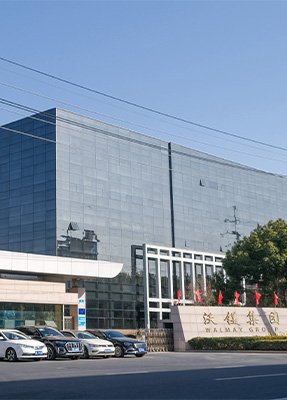
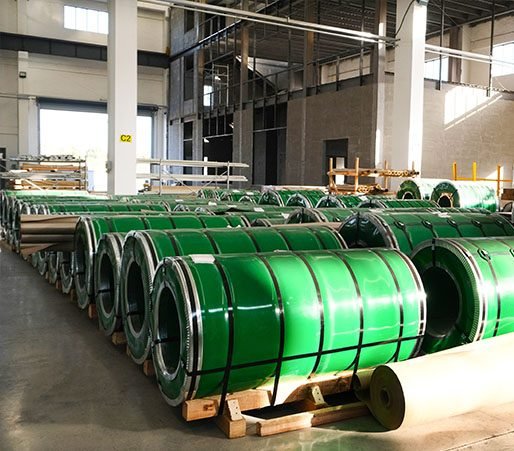
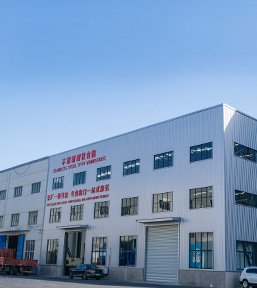

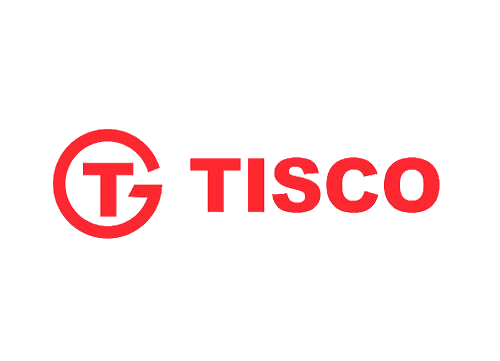

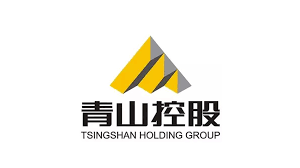
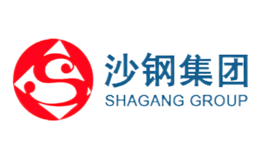
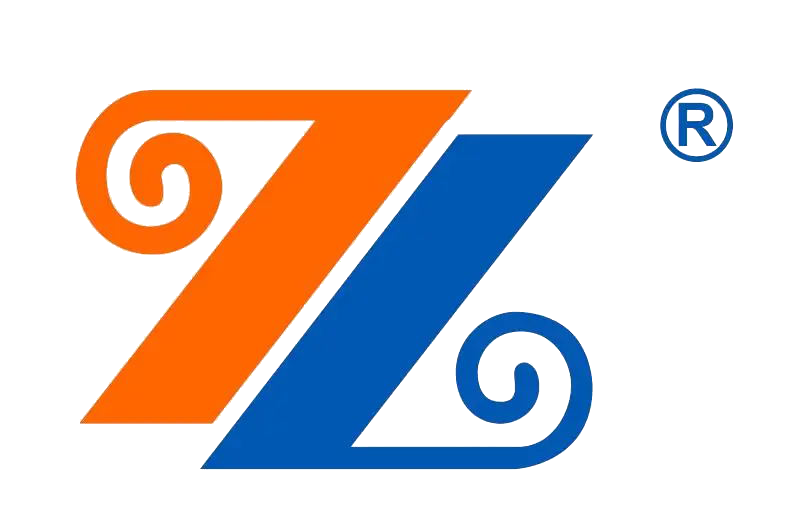

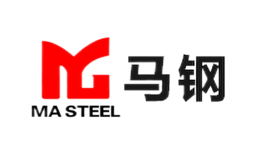



A supplier focusing on the stainless steel industry
Copyright © 2024. All rights reserved.